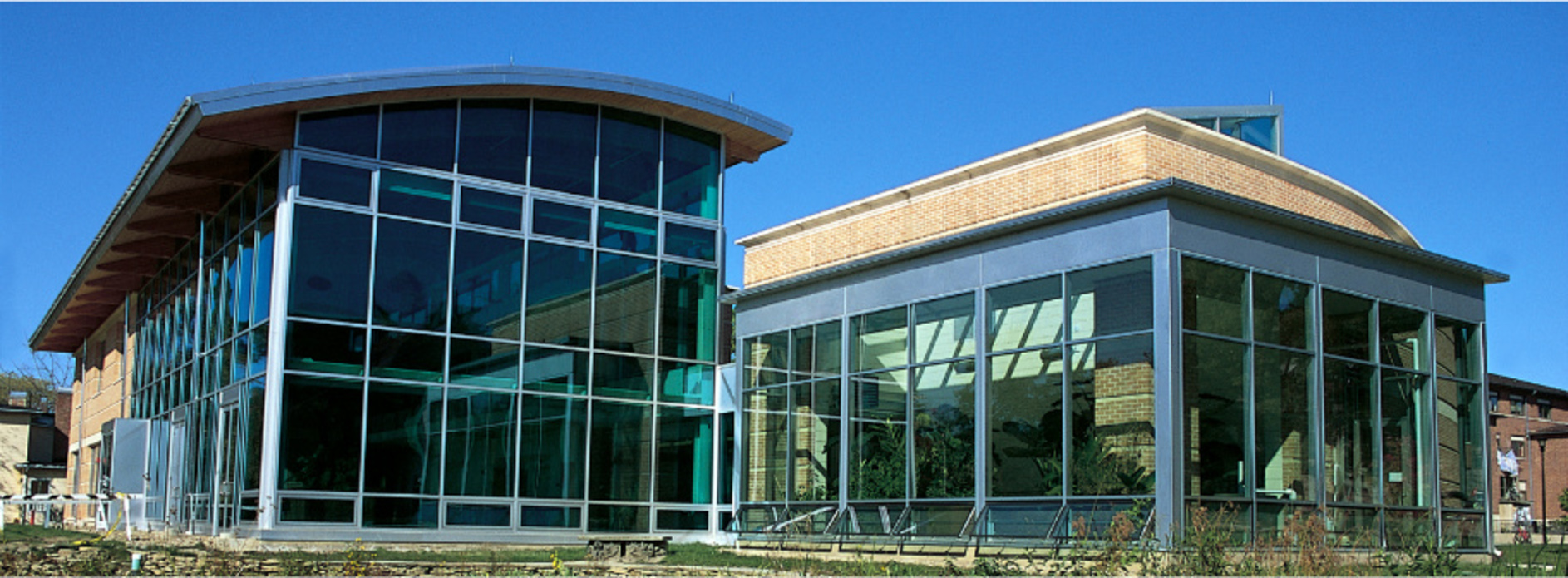Friday, June 27, 2014
How to Create a Sustainable Future
David Orr took center stage at the Cleveland City Club on May 16th, 2014. His position at Oberlin College as Professor of Environmental Studies gave weight to his words about how to fix the ever-worsening problem of climate change.
Mr. Orr began by focusing on the Oberlin campus where he pioneered “one of thirty milestone buildings of the twentieth century,” according to the U.S. Department of Energy. The Adam Joseph Lewis Center was an idea first conceived in 1996 by ingenuitive minds who sought to have a zero-discharge building with solar panels that also looked good. After four years of hard work, the doors opened in 2000, revealing the first substantially green building on any college campus.
The four main ideas behind the Adam Joseph Lewis Center are sustainability, carbon-neutrality, growing food locally, and providing education to people on why these things are important. In the past few years, Oberlin has also added solar power and become 85-90% carbon free
With the Apollo Theater getting a face-lift and the growing renown of Oberlin College’s conservatory, the arts are getting a major boost as well. As Mr. Orr put it, sustainability involves art and music as well as chemistry and biology. Oberlin is a leading example of how a community can move towards sustainability without losing its traditions.
Northeast Ohio can learn from Oberlin’s example. Mr. Orr pointed out that a focus on local foods, local investment, and redevelopment of our urban areas are quick fixes for a troubling present. He points out that even though we have failed in the past, we can succeed in the future, but we must take action now. If we act quickly, our region can thrive and become a national model of reinvigoration.
As the celebrated Urban Theorist Jane Jacobs put it, economies grow as city regions. Oberlin is a shining example of how a community can work to benefit the region it resides in. If Northeast Ohio and cities around the nation followed the sustainable model provided by Oberlin, our world could be a much better place.
Mr. Orr closed with the idea that a person should not think what can I do, but instead, what should I do. Technology is causing our world to change at a rapid pace, and it is more possible than ever before to use sustainable models going ahead in the future. Fast action is required, and our region must take that to heart.
This post was contributed by City Club intern Blythe Cassidy.






